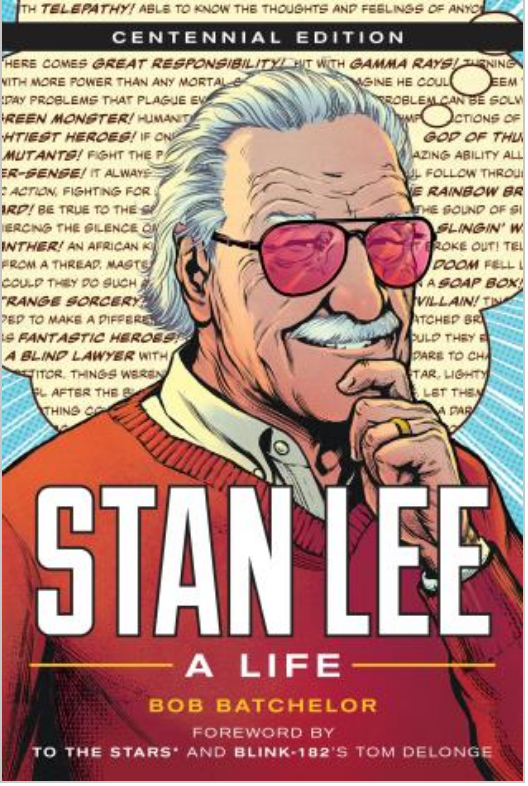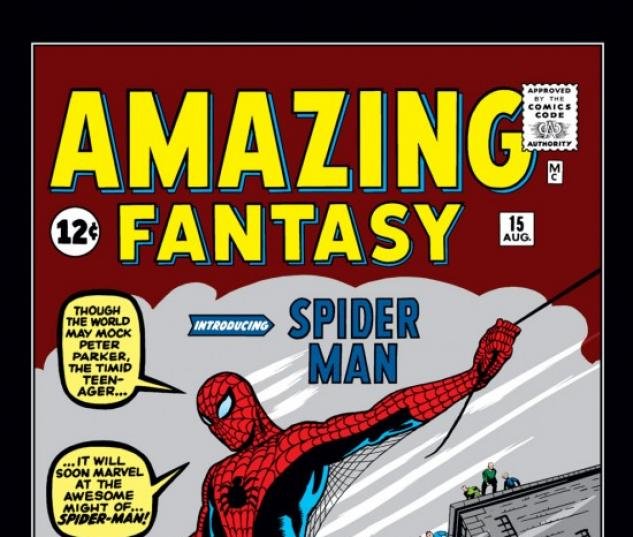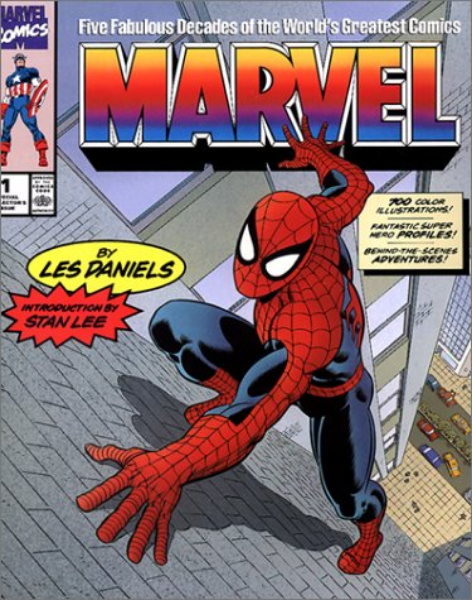At the same time, Marvel had to sell comics, which meant that little kids and young teenagers drove a sizeable chunk of the market. In 1970, Lee estimated that 60 percent of Marvel’s readers were under 16-years old. The remaining adult readership was enormous given historical numbers, but kept Lee focused on the larger demographic. “We’re still a business,” he told an interviewer. “It doesn’t do us any good to put out stuff we like if the books don’t sell…I would gain nothing by not doing things to reach the kids, because I would lose my job and we’d go out of business.”
On one hand, the industry moved so quickly that Lee and his creative teams constantly fought to get issues out on time. The number of titles Marvel put out meant that everyone had to be constantly producing. So, when Lee was in the office or working from home, he committed to getting content out. Roy Thomas recalls, “Stan and I were editing everything, and the writers were editing what they did, and we had a few assistant editors that didn't really have any authority...that was about it.” However, that chaotic atmosphere made it rife for animosities to form or fester. Lee needed content out the door and Goodman tried to maintain control over cover artwork and other little details that inevitably slowed down the process.
Thomas’ ascension and Lee’s pull toward management did shift the editorial direction, if for no other reason than that Stan wouldn’t be writing full-time any longer. “It was time to kind of branch out a little bit,” Thomas explained. “We wanted to keep some of that Marvel magic, and at the same time, there had to be room for other art styles and other writing styles.” The most overt change came when Lee turned in the copy for The Amazing Spider-Man #110. The late 1971 issue was the last Lee wrote for the character. Writer Gerry Conway succeeded Lee and the next books in the series would be co-created by Conway and star artist John Romita.
While many adults looked down on Lee for writing comic books, especially early in his career, he developed a masterful style that rivals or mirrors those of contemporary novelists. Lee explained:
Every character I write is really me, in some way or other. Even the villains. Now I’m not implying that I’m in any way a villainous person. Oh, perish forbid! But how can anyone write a believable villain without thinking, “How would I act if he (or she) were me? What would I do if I were trying to conquer the world, or jaywalk across the street?...What would I say if I were the one threatening Spider-Man? See what I mean? No other way to do it.”
Lee’s distinctive voice captured the essence of his chosen medium.
Lee also understood that the meaning of success in contemporary pop culture necessitated that he embrace the burgeoning celebrity culture. If a generation of teen and college-aged readers hoped to shape him into their leader, Lee would gladly accept the mantle, becoming their gonzo king. Fashioning this image in a lecture circuit that took him around the nation, as well as within the pages of Marvel’s books, Lee created a persona larger than his publisher or employer. As a result, he transformed the comic book industry.
Unlike Bob Dylan or Jann Wenner, for example, Stan didn’t plan this revolution. He didn’t say to himself that he would cocreate a character that would become part of American folklore. It wasn’t planned, yet it seems completely intentional.
Baby boomers grew up with Stan’s voice in their heads. Interestingly, Lee spoke for Marvel’s superheroes to eager audiences talking about the characters, while at the same time creating the dialogue in the actual comics. So he was the person talking about the characters he himself was voicing. In addition, he wasn’t just in the media; Stan was talking directly to readers within the pages. He was Spider-Man’s voice, while also talking about the comics, the company, his colleagues, and the world to a captivated audience.
By the time Gen Xers started reading comics, Marvel’s style was wholly entrenched. As each generation ages out of traditional comic book reading age, Lee’s voice becomes commensurate with nostalgia—a part of our lives we look back to with fondness and equate with better times. Immersed in a heavily capitalistic, entertainment-driven culture, embedded stories are ones that get retold, and Marvel superheroes become a balm for a cultural explosion driven by cable television, global box office calculations, and the web. In what seems like the blink of an eye, the Marvel voice became the voice of modern storytelling.
Why did the Marvel Universe come to dominate global popular culture? Largely based on Stan supplying a voice to a mythology. Certainly, the creation of the Marvel Universe was a team effort, like all forms of entertainment, nothing is created in a vacuum. There are unheralded people in the process and those who deserve as much credit as Lee for their roles. Yet, it was the unmistakable “music” that Lee conceived that launched a cultural revolution.
Crisscrossing the nation while speaking at college campuses, sitting for interviews, and conversing with readers in the “Stan’s Soapbox” pages in the back of comic books, Lee paved the way for intense fandom. His work gave readers a way to engage with Marvel and rejoice in the joyful act of being a fan. Geek/nerd culture began with “Smiley” and his Merry Marauding Bullpen nodding and winking at fans each issue. Lee’s commitment to building a fan base took fandom beyond sales figures and consumerism to authentically creating communities. The Marvel Cinematic Universe has spun this idea into global proportions. It is the fans of the MCU across film and television that has reinforced and spread Stan’s voice across the world.












